Seasonal Depression: the dread of winter
Seasonal affective disorder most commonly occurs during the frigid and dismal winter months.
She walks in her neighborhood and does not see anyone else out. She keeps her hands buried in her pockets to avoid them turning purple. The frigid air makes her nose and cheeks red. She tries to cover them up to avoid the cold. ‘The gray sky hides the sun that brings me happiness,’ she thinks to herself. ‘I need to get home, I regret ever leaving the house.’
Rye Johnson, a sophomore, has seasonal affective disorder and explains the difference in her mood from summer, warmer seasons with longer days, to winter with shorter days and colder weather. She explains that she does not really know where it comes from. She compares it to a gloomy feeling inside.
“It’s just not having motivation to get up and do anything because there’s not much to look forward to, especially with the seasons when it is dark all the time,” Johnson said.
For Johnson, in March of 2020 she experienced bullying and when it gets to be that time of year, she starts to have seasonal affective disorder symptoms. Certain events can trigger when a person experiences seasonal depression.
“So with seasonal depression it usually has to do with an occasion, like losing a loved one around Christmas or hating birthdays because of a bad childhood,” Johnson said.
AP psychology teacher Sarah Hennesssey told the Knight Times that the winter months could bring sadness or trauma following loss of a family member or celebrating the holiday season alone.
“Seasonal affective disorder is basically a form of depression that is prominent during the dark, cold winter months. Typically starting around the time that we hit that winter solstice in December and they start getting shorter, lasting usually through like February,” Hennessey, teacher of AP psychology, said.
People with seasonal affective disorder would have a lack of serotonin in their brain which boosts your mood. Going outside to get some sunlight can increase serotonin levels in the brain and can improve seasonal affective disorder.
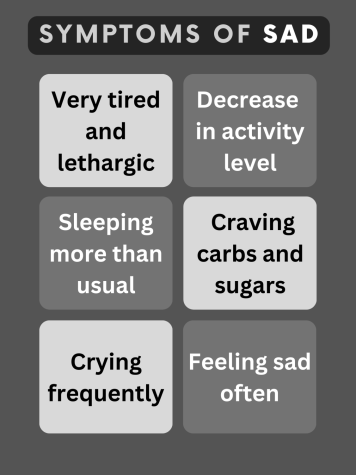
“One of the biggest things is going to be serotonin. So serotonin is going to be the neurotransmitter that affects your mood, affects your sleep and affects your appetite. When we look at people who have depression, that’s the number one neurotransmitter that we trigger with things like medication,” Hennessey said.
According to the National Library of Medicine, “An estimated 10-20% of recurrent depression cases follow a seasonal pattern. The predominant pattern involves fall/winter depression.”
Seasonal affective disorder occurs in 0.5-3% of the general population; it affects 10 to 20 percent of people with major depressive disorder and almost 25% of people with bipolar disorder.
In her article for the Depression Research and Treatment journal, Dr. Sheri Melrose says,“The most at risk are females, are younger, live far from the equator and have family history of depression, bipolar disorder, or seasonal affective disorder.”
According to the Mayo Clinic Health System, “Seasonal affective disorder is thought to be caused by seasonal change in exposure to light in the environment that occurs in the fall, winter and spring months. These changes may affect the amount of melatonin produced by the body in some people, resulting in abnormalities in neurotransmitters in the brain, such as norepinephrine, serotonin and dopamine”
In a Knight Times survey of 143 students, 30% reported oversleeping, having less interest in doing things, lower energy level, lower concentration level, lower social battery, higher anxiety level and higher irritability during the winter months compared to the warmer months. All symptoms are linked to seasonal affective disorder.
Kim Sellers, Kings social emotional health coordinator, explains that eating a healthy diet and practicing good sleep hygiene can make this disorder more manageable.
“Someone with a predisposition for depression would be at higher risk to develop seasonal affective disorder, and the seasonal depressive episodes must significantly outweigh the nonseasonal episodes,” Sellers said.
Erin Baker, school psychologist, explains that seasonal affective disorder occurs more frequently in the wintertime; it can occur during the summer as well, but not as common.
“Vitamin D is a big component of seasonal affective disorder. If you are not getting that Vitamin D on a regular basis, that’s something that can lead to this feeling of hopelessness or having no energy. It is super helpful and some ways you can get it is by taking a supplement or by doing light therapy ,” Baker said.
At the beginning and end of the school year, Hennessey says that her students have more energy and seem less tired. Students seem excited to go to school and learn when the weather’s warmer.
“I think what you notice the most, especially this time of year, is the lethargic, very rundown, low energy, and this lack of motivation. When you’re not feeling great, studying for school is probably not what helps you feel better. You want to turn on Netflix or look at social media or play a video game. Those things are probably the only things that motivate you, but when springtime comes you feel a different level of excitement and energy,” Hennessey said.
“According to the Diagnostic and Statistical Manual of Mental Disorders DSM-5, criteria for depression with a seasonal pattern including having depression that begins and ends during a specific season every year (with full remittance during other seasons) for at least two years and having more seasons of depression than seasons without depression over a lifetime,” Doctor Melrose said in the same article.
The Mayo Clinic provides resources to find out how to be diagnosed and treated with seasonal affective disorder.
“I feel like having your own journal that you can look back on and see your progress, that really helps with sleeping. I mean I am still not the best at that, I still sleep 24/7, but I just think of it like you are trying to find things to love about yourself,” Rye said.
Want to show your appreciation?
Consider donating to The Knight Times!
Your proceeds will go directly towards our newsroom so we can continue bringing you timely, truthful, and professional journalism.
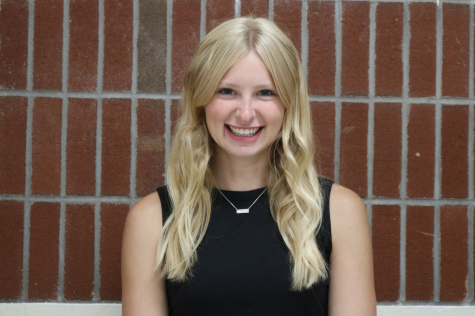
Grace is a senior and writes feature stories for the Knight Times. She has been at Kings' since pre-school. Grace joined journalism in hopes to write stories...













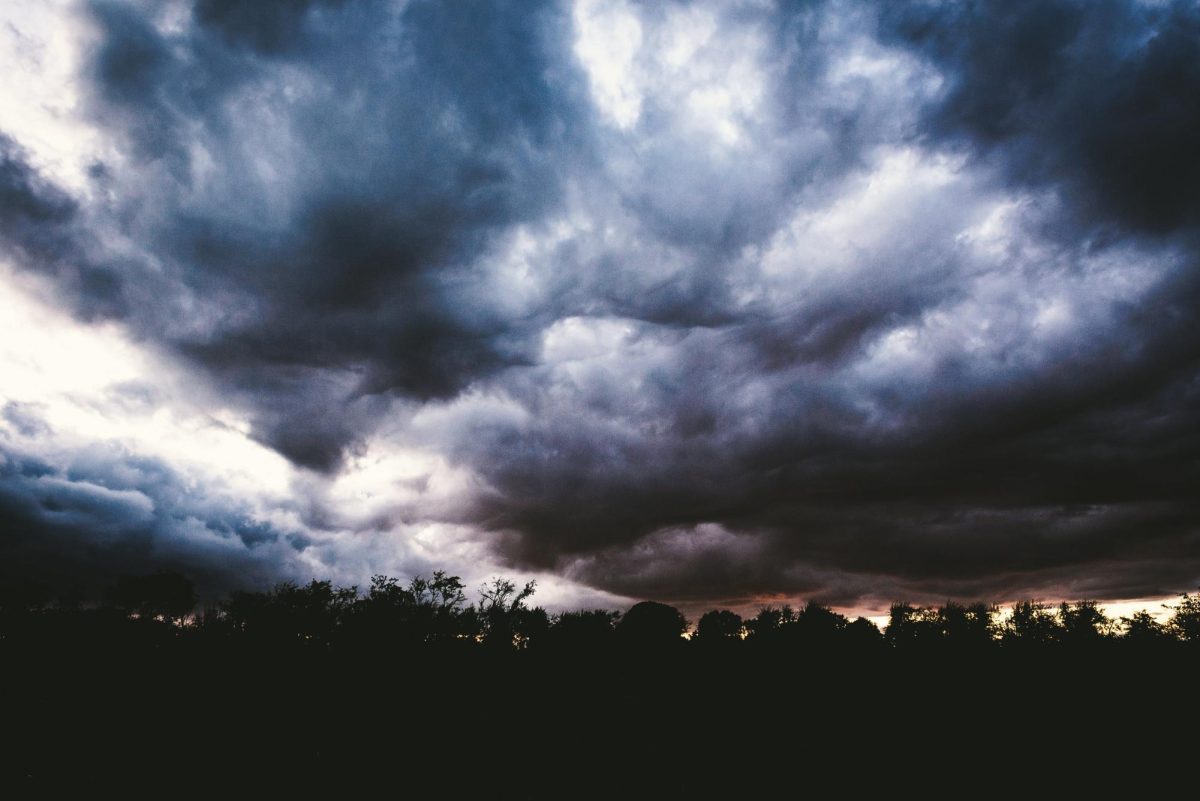




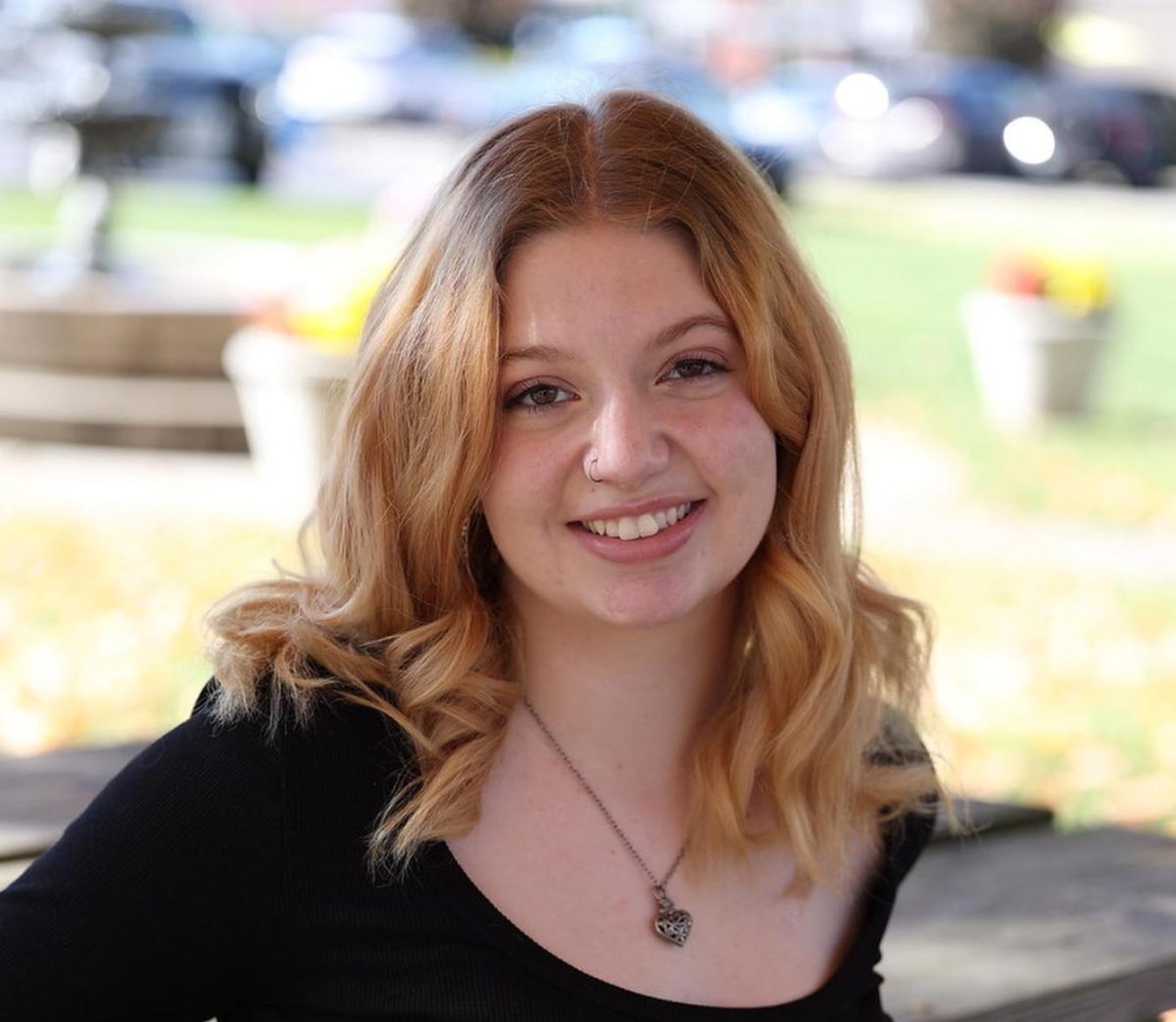









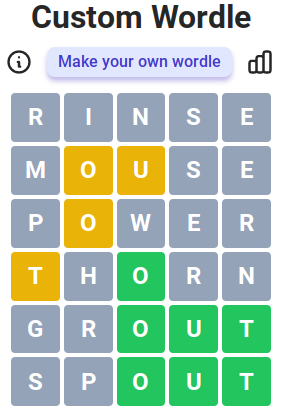
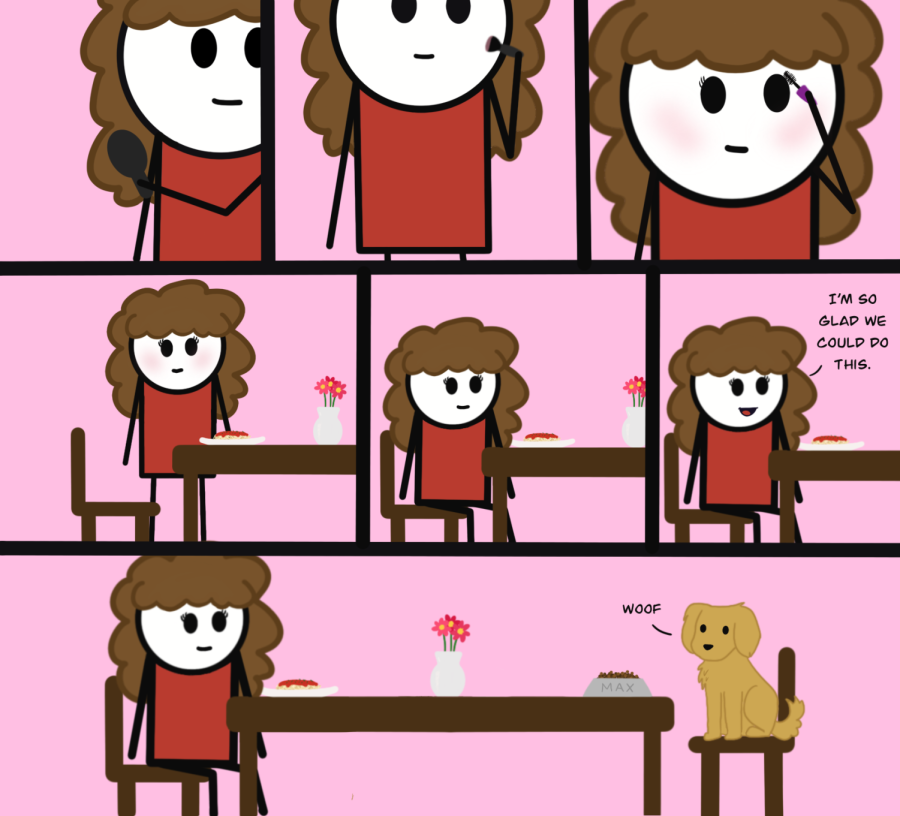
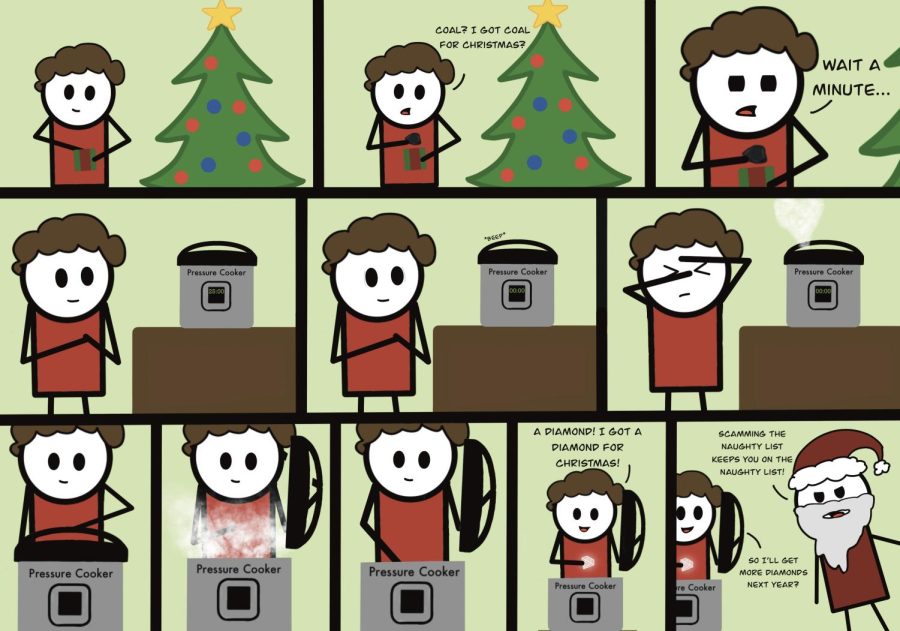
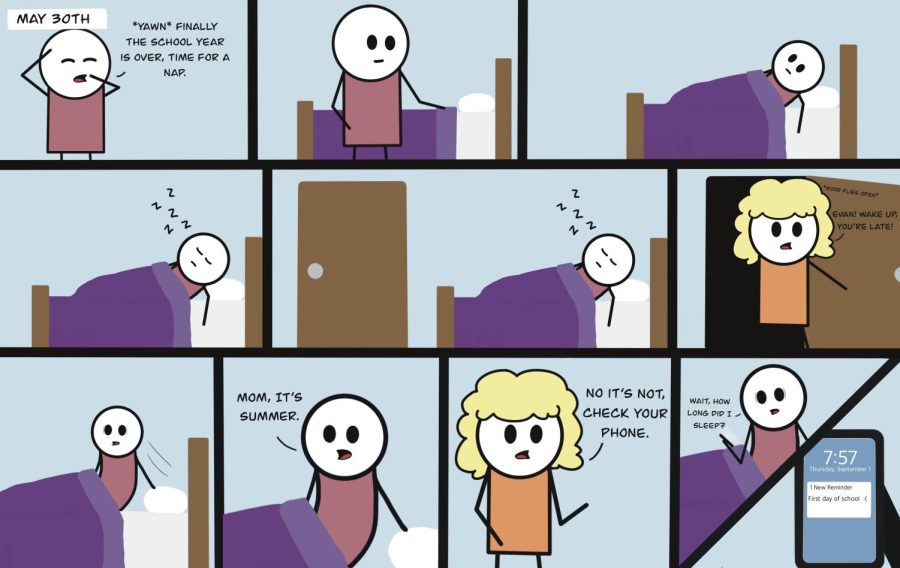
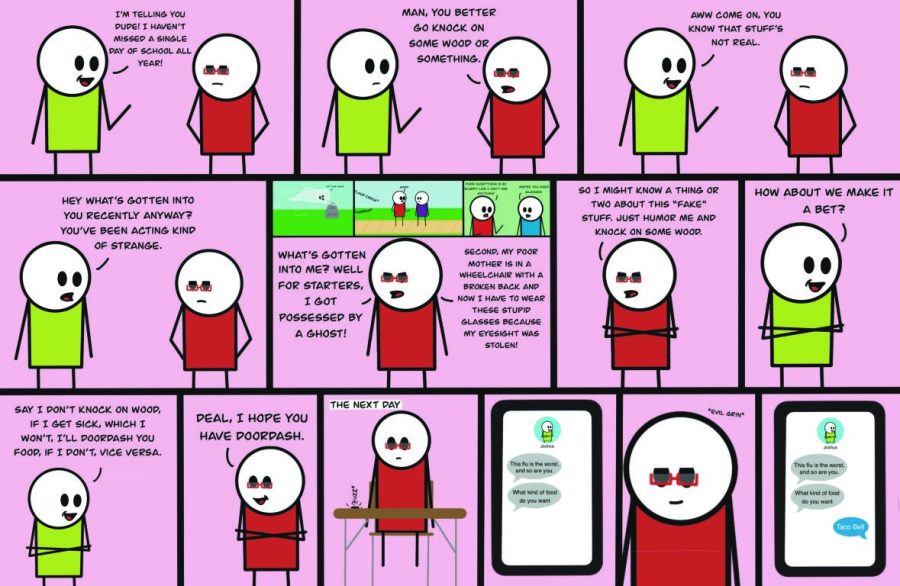







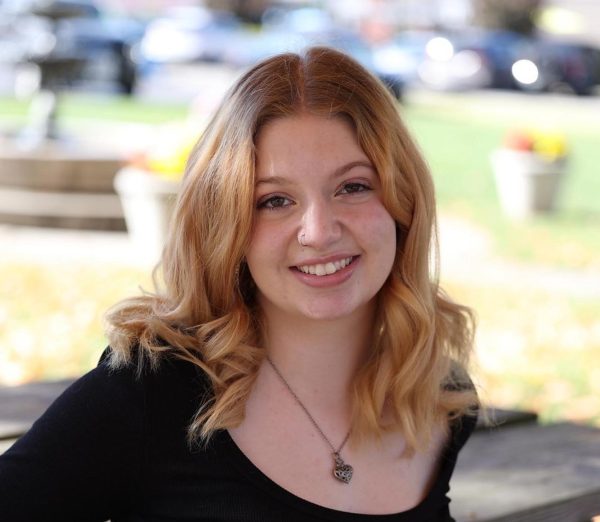


Rene Gabbard • Feb 10, 2023 at 10:30 am
Excellent article. I suffer, and I do mean “suffer” from SAD. Many times articles written about mental health offer either “touchy- feely” treatments or are very clinical. Yours is neither. When you are lethargic and feel hopeless, you just want to know why and how to fix it. You nailed it. With your permission, I would love to have a copy of your article.